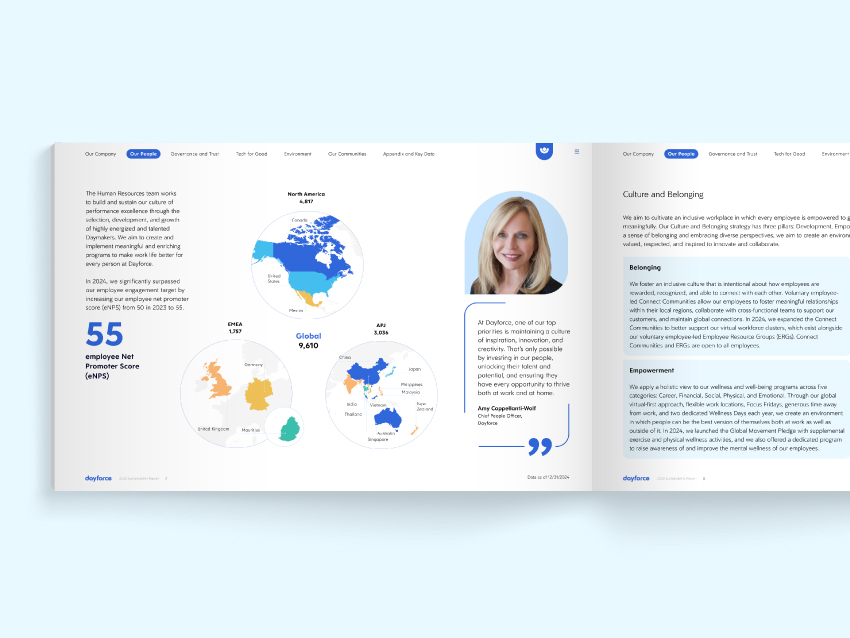Our Environment
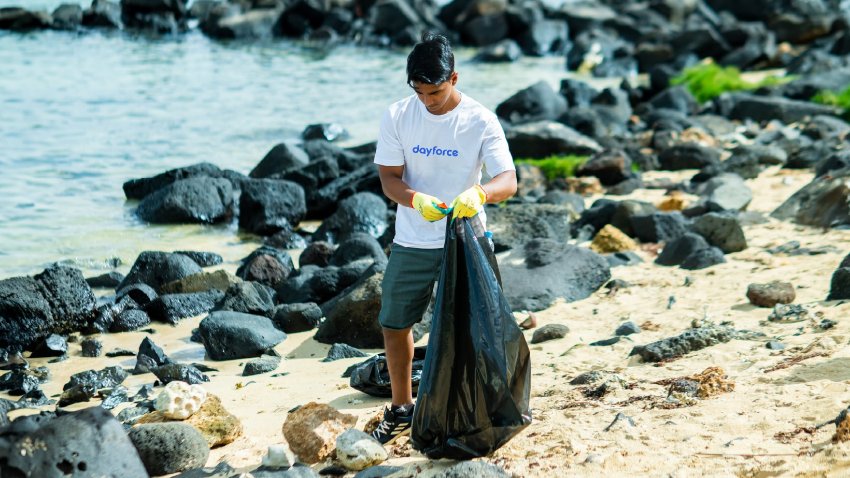
Table of Contents
Environmental sustainability
We are deeply committed to fulfilling our responsibility to help safeguard the planet. That’s why we took several new actions in 2024 to further reduce the environmental impacts of our direct operations. In 2024, we made significant progress in right-sizing our facility portfolio and reducing its overall environmental impact. We achieved LEED Interior Design and Construction Commercial Interior Certification for our office in Ebene, Mauritius, which is one of our largest globally.
As part of our strategic approach to deliver best-in-class services, we have reduced our in-house print operations and primarily collaborate with external print providers across the U.S. and Canada. This partnership enhances printing efficiency and enables us to implement a distributed print model, where documents are produced in locations nearest to our customers, thereby reducing shipping distances.
In addition, we took two new steps to incorporate more efficient and sustainable practices to support the hardware needs of our company and our employees. This includes partnering with vendors to more effectively recycle hardware when possible or responsibly dispose of it across our global operations and a new feature for virtual employees—which represent a large majority of our workforce—to select only which hardware they want or need during onboarding.
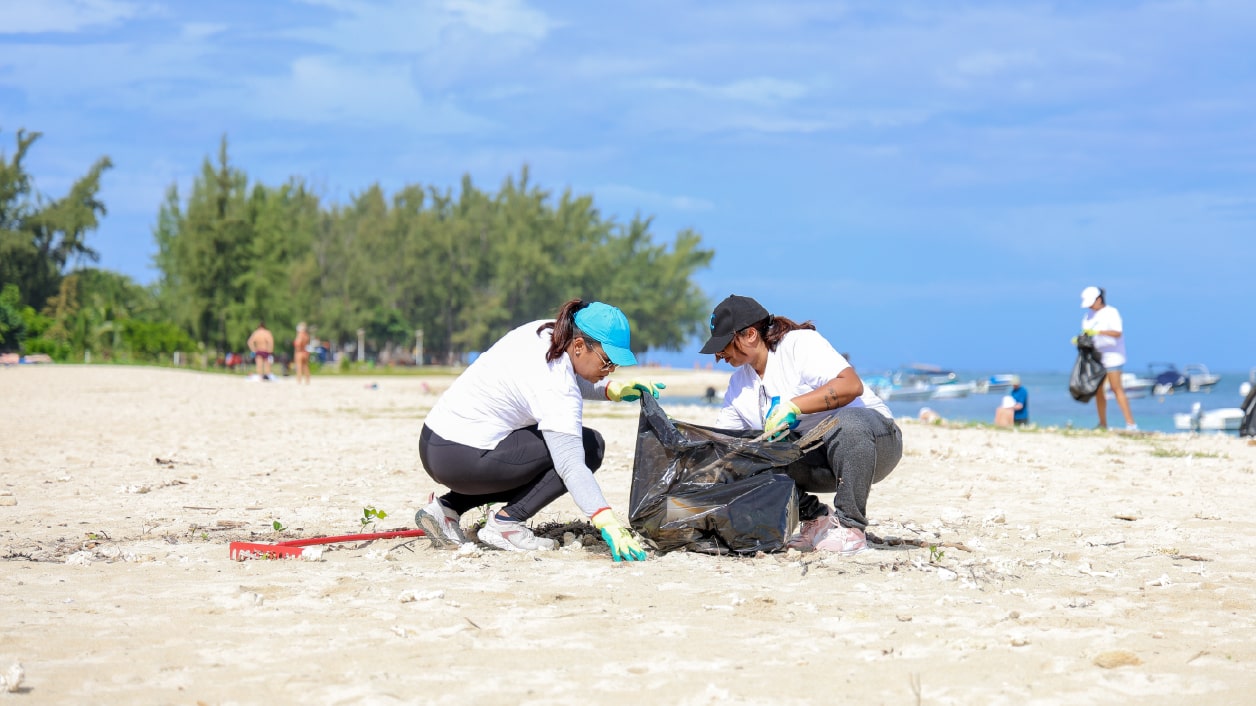
Addressing climate change
We know that climate change poses an existential threat to the health and well-being of humanity today and for future generations. That’s why we are fundamentally committed to doing our part to address it. Dayforce has three active climate targets that have been validated by the Science Based Targets Initiative (SBTi):
- Reduce absolute Scope 1 and 2 emissions by 98% by 2029 from a 2019 baseline.
- Reduce Scope 3 emissions intensity per gross profit from purchased goods and services, business travel, and employee commuting by roughly 52% by 2029 from a 2019 baseline.
- Annually source 100% renewable electricity across our entire global operations.
In 2024, we continued to actively work toward meeting our climate targets in our direct operations and value chain. These resulted in maintaining 100% renewable energy across our global operations, achieving a 60% year-over-year reduction in our annual scope 1 and 2 emissions by 60% in in 2024, and reducing our operational electricity usage by over 60% from 2023.
We implemented a new travel policy that requires Daymakers to make cost-effective and sustainable choices whenever possible. Our business travel booking system empowers employees to choose more sustainable alternatives by showing the emissions associated with travel options during the selection process. We implemented the first phase of our internal carbon fee program for business travel emissions, with those funds allocated to impactful carbon removal projects around the globe. Overall, we contracted 450 metric tons of carbon removal from these projects for future delivery. While Dayforce has ambitious greenhouse gas emission targets to reduce our contribution to climate change across our operations and value chain, these projects support a growing ecosystem of carbon removal that climate science indicates will also be necessary to limit warming.
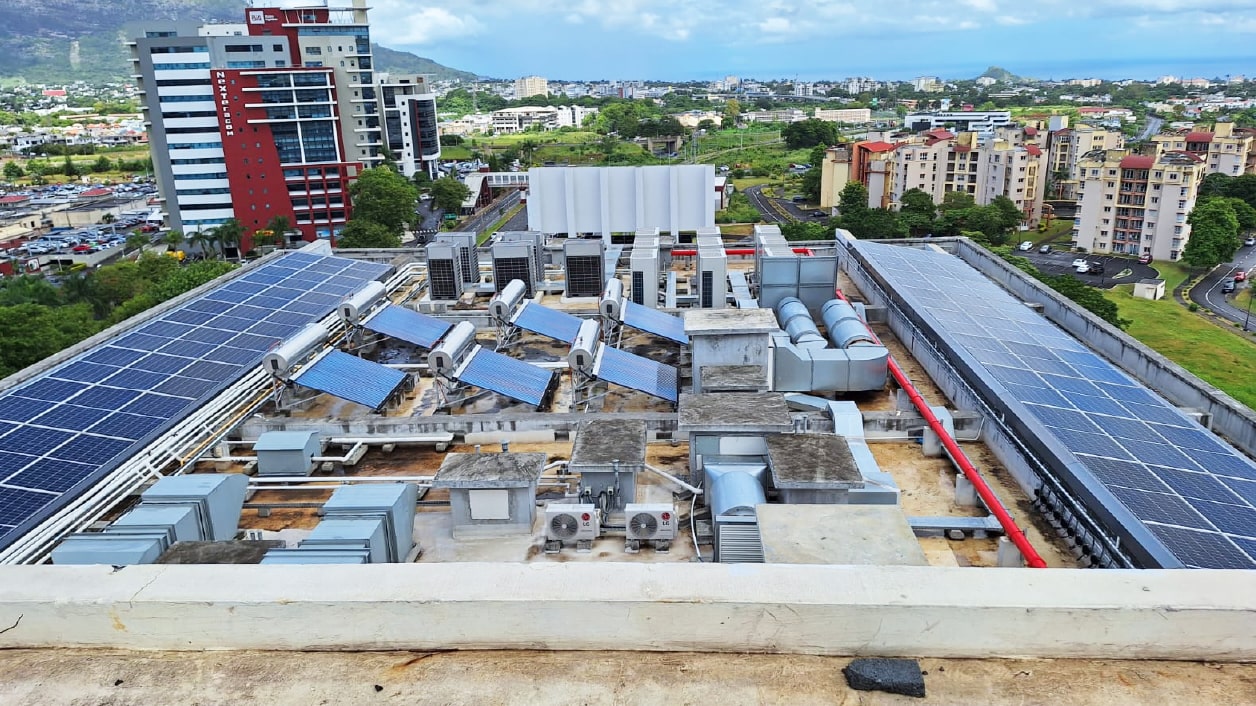
Responsible Sourcing Initiative (RSI)
We believe that sustainable supply chains are more resilient and efficient—and that building them is not only the right thing to do, but the smart thing to do. Our Responsible Sourcing Initiative (RSI) aims to better align ourselves with vendors that make labor and human rights, their workforce, and environmental stewardship organizational priorities. Over the past year and a half, we continued the integration of RSI into our procurement processes to make our supply chain more resilient, efficient, and sustainable. We analyzed key data from our current and new vendors to understand their performance across RSI priorities and support vendors to disclose their GHG emissions and have human rights and non-discrimination policies. We developed voluntary trainings for all interested supply chain partners and provided actionable insights on best practices in these areas and guidance for how to implement them.
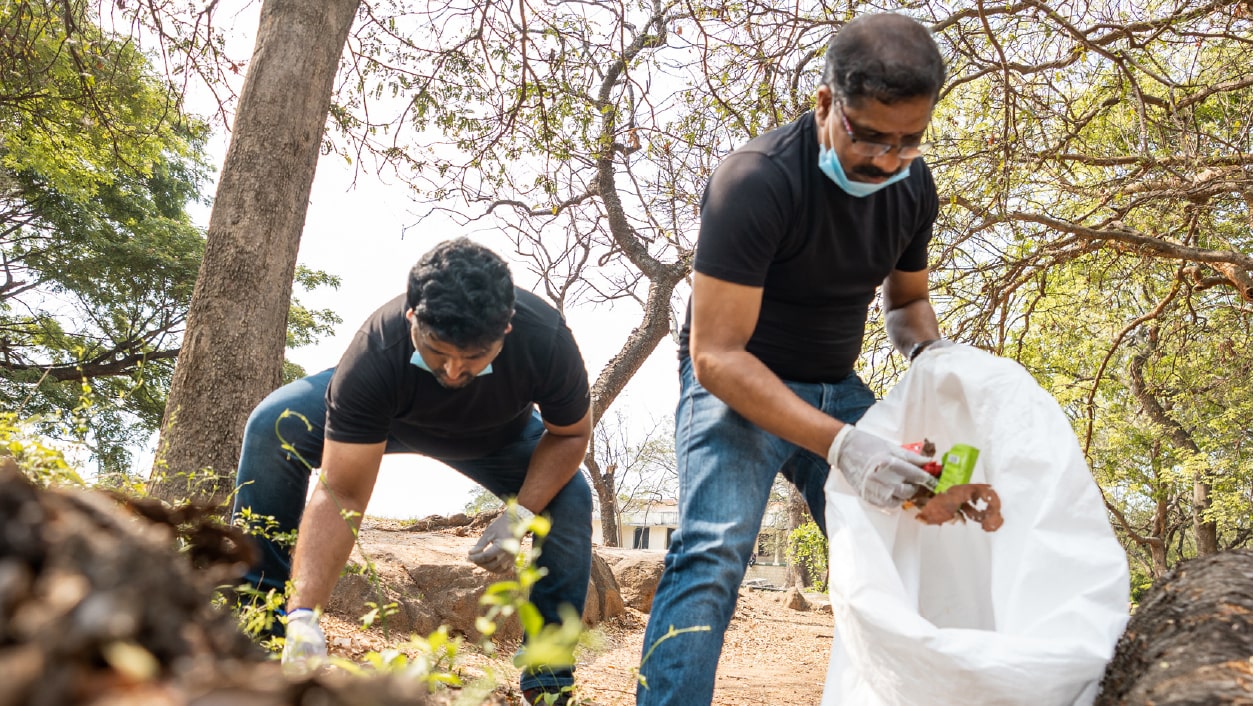
Awards and Recognition
Climate leadership

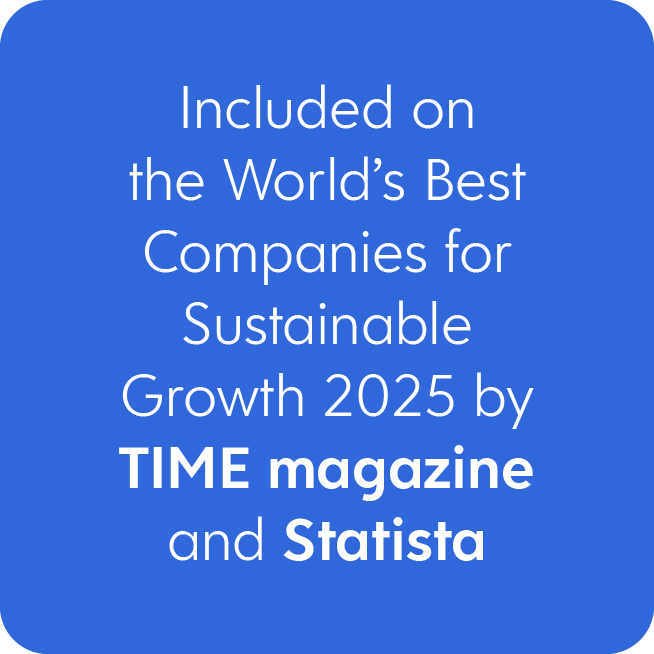
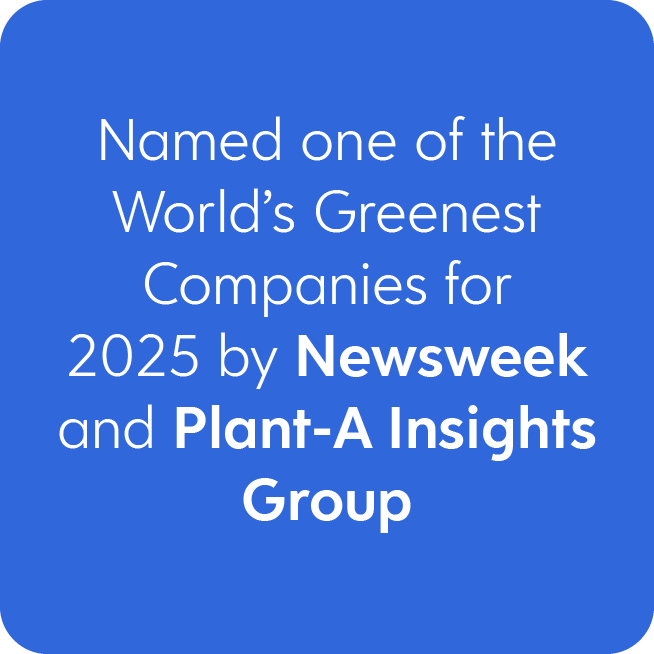
Featured Report
2025 Dayforce Sustainability Report
